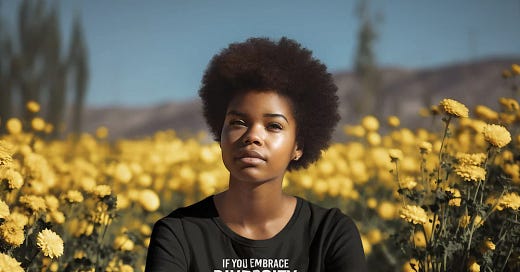Does Diversity and Inclusion Include Disability?
Diversity, equity, and inclusion (DEI) have become central to corporate and organizational policies worldwide. But when companies talk about fostering inclusivity, one crucial group is often left behind: disabled people.
Despite the widespread push for more equitable workplaces, only 4% of organizations explicitly include disability in their DEI initiatives, and over 50% of executives admit they never discuss it. This lack of attention has real consequences—disabled workers face higher unemployment, underemployment, and workplace discrimination compared to their non-disabled peers.
The Overlooked Reality of Disability in DEI
Most DEI efforts prioritize gender, race, and culture, but disability is frequently treated as an afterthought. This is despite the fact that 1.3 billion people globally have some form of disability, many of which are invisible or episodic, such as chronic illnesses, mental health conditions, and neurological disorders.
The exclusion of disability from DEI conversations isn't just a moral failing—it’s a missed business opportunity. Research shows that fostering true disability inclusion can enhance workplace culture, improve retention, and expand the talent pool. Yet many organizations still operate under outdated assumptions, viewing disability as an obstacle rather than an asset.
It’s Time for a Shift in Mindset
To make DEI truly inclusive, organizations need to move beyond performative gestures and integrate disability inclusion into their core policies. This means:
✅ Proactively hiring and mentoring disabled employees rather than expecting them to advocate for accommodations.
✅ Creating flexible work environments that support employees with invisible and episodic disabilities.
✅ Challenging outdated perceptions of disability and recognizing that ability comes in many forms.
It’s time for businesses to stop treating disability as an exception and start recognizing it as an essential part of a diverse workforce. Because if your DEI strategy doesn’t include disability, it isn’t truly inclusive.
Read more about how organizations can do better in this article.
What do you think? Have you seen workplaces successfully integrate disability into their DEI efforts? Drop a comment and let’s discuss.




